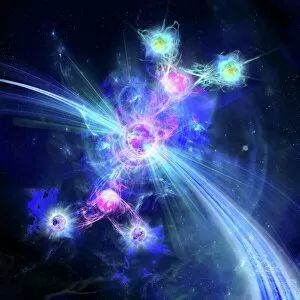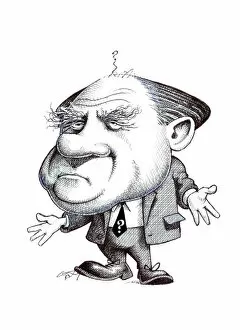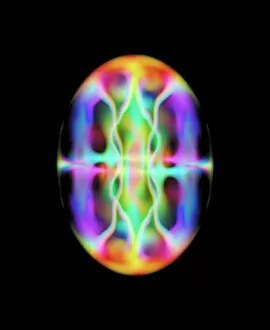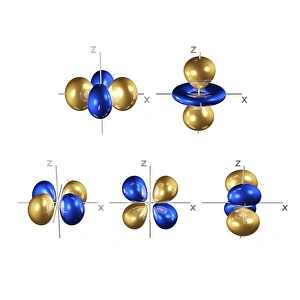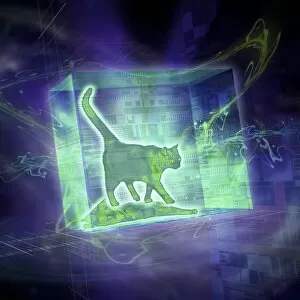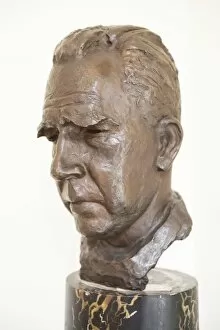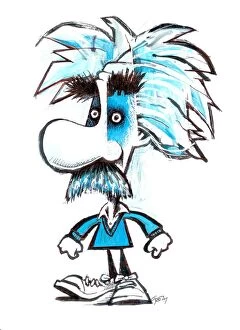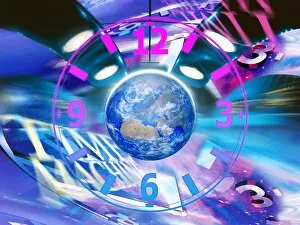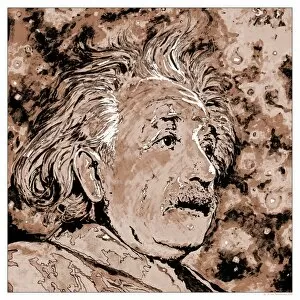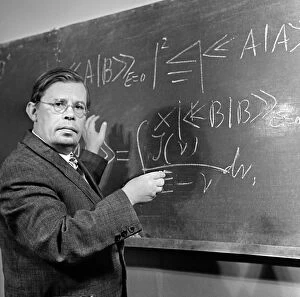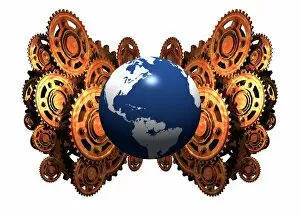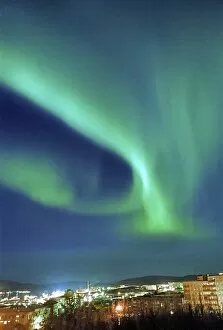Quantum Physics Collection
"Unveiling the Mysteries of Quantum Physics: From Higgs Boson to Schrodingers Cat" Step into the fascinating world of quantum physics
All Professionally Made to Order for Quick Shipping
"Unveiling the Mysteries of Quantum Physics: From Higgs Boson to Schrodingers Cat" Step into the fascinating world of quantum physics, where reality bends and particles collide in a dance of uncertainty. In this captivating journey, we explore groundbreaking discoveries and iconic figures that have shaped our understanding of the quantum realm. Witness the awe-inspiring collision captured in artwork C018 / 0936, as particles converge with immense energy, revealing hidden secrets at their core. The elusive Higgs boson emerges from this cosmic ballet, bestowing mass upon other particles and unlocking new dimensions within our understanding. Delve deeper into the enigmatic nature of matter with a simulation showcasing Bose-Einstein condensate – a state where atoms lose their individuality and merge into an indistinguishable whole. This mesmerizing phenomenon was unraveled by Werner Heisenberg (C017 / 7123), whose uncertainty principle challenged classical notions and paved the way for quantum mechanics. Travel across continents to meet Lev Landau, the brilliant Soviet physicist who made significant contributions to condensed matter physics. His pioneering work on superfluidity and superconductivity revolutionized our comprehension of low-temperature phenomena. Behold the intricate beauty of 5f electron orbitals arranged in a cubic set – an exquisite pattern that governs atomic behavior. Marvel at how these electrons occupy space according to complex rules dictated by quantum mechanics, shaping chemical properties and bonding possibilities. Contemplate Schrödinger's cat (artwork) – a thought experiment illustrating paradoxical states existing simultaneously until observed. This whimsical concept challenges conventional wisdom while highlighting fundamental principles like superposition and entanglement that underpin quantum theory. No discussion on quantum physics would be complete without mentioning Stephen Hawking (British physicist). His groundbreaking research on black holes merged general relativity with quantum mechanics, unraveling profound connections between gravity and subatomic worlds. Explore three-dimensional electron orbitals, where electrons dance around atomic nuclei in intricate patterns.

